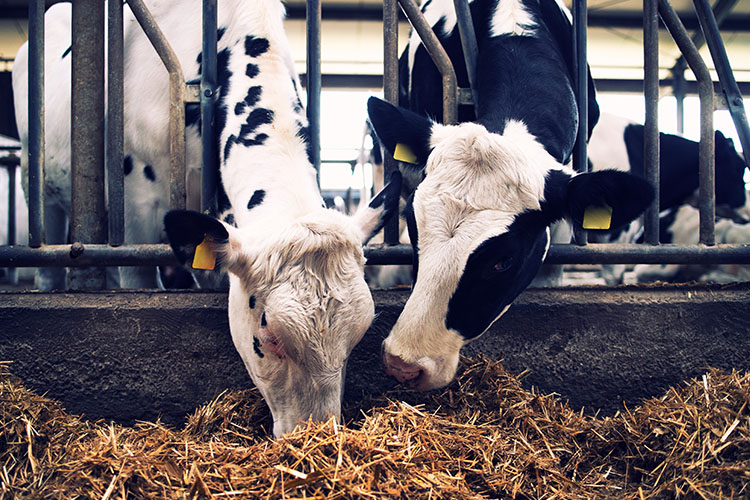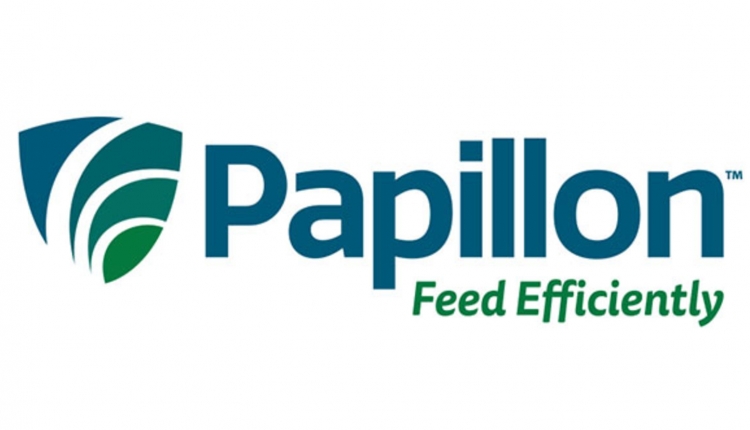
As an industry, we strive to feed cows as consistent and high-quality a diet as possible. This goal becomes a necessity when increased production demands more of the cow and diets are trimmed down to save costs in a challenging dairy economy.
A lot of time and resources are spent trying to combat variability in forages, whether through nutrient analysis at a forage lab or simply increasing the frequency of on-farm dry matter testing. Commodities, however, receive much less consideration. For these, we often use book value nutrient specifications and do not routinely test for even basic nutrients.
Part of this can be due to the transient nature of the ingredients on the farm. Sampling the corn silage bunker is an easy investment to justify because it will be fed out over several months, compared to the truckload of soybean meal that arrived today and may largely be gone by the time results are back, especially on larger dairies. But whether they are sampled or not, these feeds still have variability. More importantly, it matters more than common practices suggest.
Discounting nutrient values
One way to account for this variation when formulating a diet is to discount or lower the nutritive value of an ingredient depending on how variable it is, as indicated by its standard deviation. This creates a safety net and reduces the risk of underfeeding nutrients like crude protein, which will be the focus of the remainder of this article. Based on numerous simulations, Dr. Bill Weiss of The Ohio State University recommends using the following equation to discount the crude protein (CP) value of an ingredient:
Discounted CP = Average CP – (1.2 x Standard Deviation x Proportion of Supply)
Discounting has a cost, however, as we would have to feed more of the discounted ingredient to reach the same endpoint. For example, using soybean meal statistics from samples submitted to Rock River Laboratory, if soybean meal is 51% CP on average, has a standard deviation of 3.4, and provides 20% of the CP in the diet, we would have to discount it by 0.8 percentage units. This would require feeding approximately two cents more soybean meal per cow per day to account for the variation and reduce the risk of being substantially low in CP. Apply this principle across several other ingredients such as blood meal, distillers grains, and bypass soybean meal, at similar costs per ingredient, and suddenly we have eight cents per cow per day in added cost just to deal with variation.
Getting value from custom blends
An alternative approach would be to increase the diversity of protein sources in the diet. Since diet variability is influenced by the number of ingredients included and the quantity of each, increasing the amount of protein sources reduces the overall variability of the diet. Using more consistent ingredients can also help reduce the overall variability of the diet.
Feeding a bypass protein blend is one way to accomplish both goals of increasing diversity and utilizing more consistent proteins. Papillon, as leaders in the bypass protein space, ensure diverse and highly consistent bypass protein blends through limited sourcing of animal-rendered protein and rigorous quality control procedures. By utilizing a high-quality bypass protein blend, nutritionists can easily customize a diet and increase the diversity of dietary protein sources. Through this, custom protein blends allow nutritionists to address variability head on, reducing risk and saving costs.
Ready to see how it impacts your operation? Speak with your nutritionist today and see the value you can add with a custom bypass protein blend.



